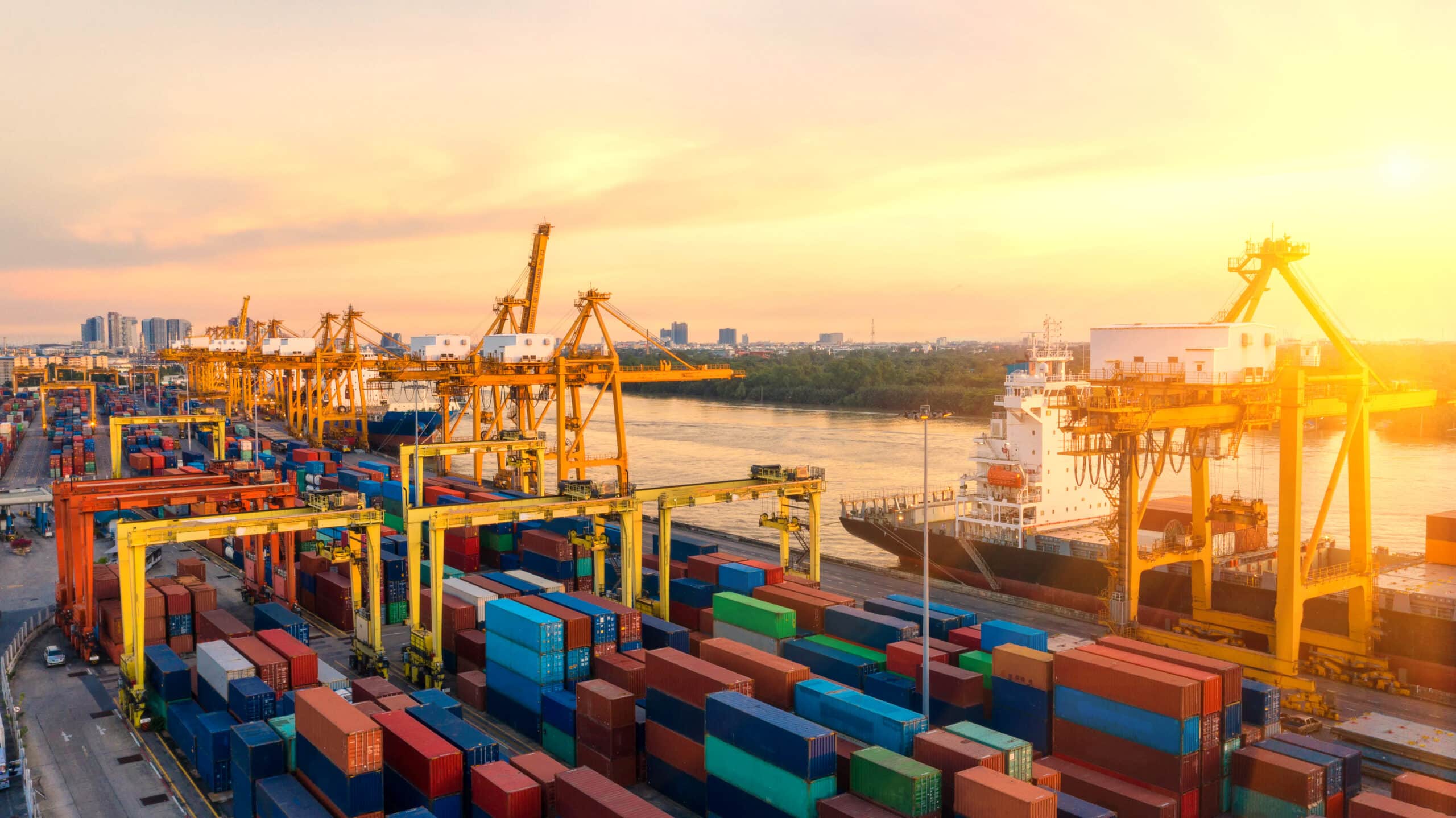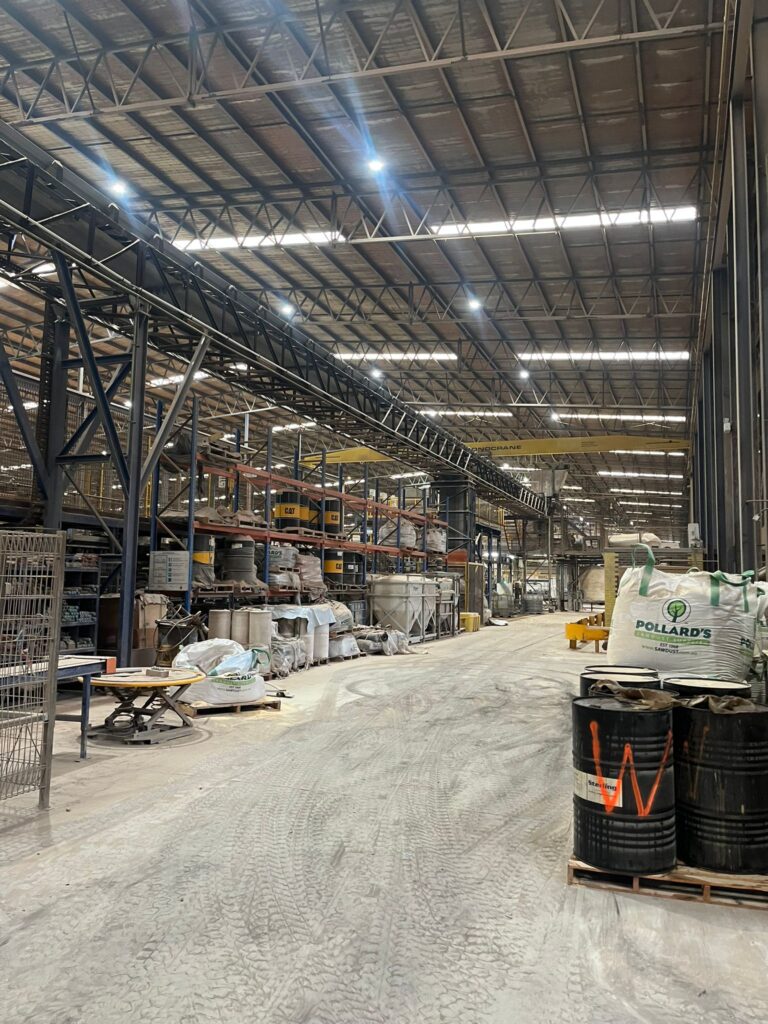At the start of the new financial year for many companies, traditional objectives for Logistics Directors are likely to include, among other things, delivering successful peak operations and driving operational cost savings. However, modern logistics operations are expected to do far more than just ship boxes – they are the backbone of many companies; Martin Christopher’s adage that “supply chains compete, not companies” has never been truer. Here we think more broadly and put forward five priorities that should be on every Logistics Director’s strategic to-do list.
1. Resilience, resilience, resilience
It’s endless right now; a steady flow of natural and human-created events repeatedly disrupt global supply chains and create major challenges for product availability and cost management.
To avoid being a victim of the next disruption, it’s time to take preventive action. The first step is making sure you thoroughly understand your logistics network and cost base so you can identify the key points of risk that need mitigation strategies such as:
- Ramp-up collaboration with your strategic logistics partnerships to utilise their scale, capabilities and ability to respond to disruption
- Build redundancy into your operations, such as selectively increasing the number of logistics partners to give multiple options for securing additional capacity
- Invest in technology to improve visibility and monitoring for early detection and enable mitigation measures to be implemented promptly
- Read more about the importance of resilience within global freight networks
2. Enable rapid growth in new channels
Consumer behaviours continue to rapidly evolve. The move towards more direct-to-consumer and the continued growth of social commerce like TikTok Shop means that logistics operations need to quickly adapt. Operations must scale up to support the next growth channels and so Logistics Directors must:
- Build infrastructure that can cost-effectively serve multiple channels and develop the operational capability to ship singles, cases or pallets on short lead times via multiple transport modes, with the ability to scale up or down between them
- Invest in flexible technology to configure your warehouses with automation solutions that can serve multiple order types and product mixes; rigid warehouse automation may deliver lower operating costs, but is a trade-off for flexibility
- Find highly adaptable partners in warehouse operations, software and technology vendors, and final mile carriers, to support you in adapting to the evolving channel mix, varying lead times and order sizes
3. Deploy GenAI at scale in your operations
Navigating the realm of AI can feel like a daunting task, leaving many Logistics Directors wondering where to even begin. For Logistics Directors, the key lies in taking incremental steps, starting with pinpointing specific pain points to address and then using targeted pilot programs to prove the benefits before expanding to yield further results. Here are three areas to consider:
- Automate highly manual administrative processes by leveraging a blend of RPA and GenAI that can adapt to diverse document formats and dramatically reduce processing times for critical inbound paperwork, shipping and customs documents
- Introduce virtual assistants and AI-driven chatbots with Natural Language Processing capability to minimise email communications for transport booking slots and status updates on QC investigations for example
- Upgrade your warehouse systems by maximising the deployment of new AI enhancements in off-the-shelf solutions to enhance planning processes, storage optimisation and operational efficiency
4. Sustainability by design
In the rapidly evolving world of logistics, sustainability has emerged as a paramount concern, demanding proactive initiatives from directors to meet their environmental responsibility, support the company’s ESG strategy and adhere to regulatory requirements; all whilst balancing operational efficiency. To support this Logistics Directors should:
- Educate your team and get them engaged so they know what the targets are, understand their individual impact and link to their performance and bonus structure, and make progress visible
- Establish data-driven sustainability metrics to enable the measurement, tracking and continuous improvement of carbon emissions, energy consumptions and waste generation
- Collaborate with your 3PL partners to share data, integrate sustainability performance metrics, develop and implement sustainability initiatives such as alternative fuels, fleet electrification, waste and energy consumption reduction
5. Optimise cross-border trading processes
The Brexit hangover is easing, and many businesses have managed to stabilise their export operations with or without the odd sticking plaster. For some businesses, this is hiding areas of over-compliance and thus inefficiency or masking areas of non-compliance and their legal ramifications.
The recent launch of the new UK Border Target Operating Model (BTOM) aims to modernise border controls so this is an opportune time to pull off that sticking plaster and explore the untapped potential of cost and lead time reduction for cross-border shipments. Here are some key steps to take:
- Ensure compliance by reviewing the new BTOM for changes to documentation requirements, procedures, and compliance obligations
- Comprehensively review your current processes and the partners involved; especially if you’ve outsourced some or all your customs management
- Enhance data management and update your systems to ensure maximum efficiency and speed in declarations based on accurate and timely data
The core objectives for Logistics Directors of customer service and cost savings will always be there, but these five priorities will ensure that you’re staying ahead of the game and setting up an operation to handle the challenges of the future.
Authors: Rob Carlisle and Dan Knivett







